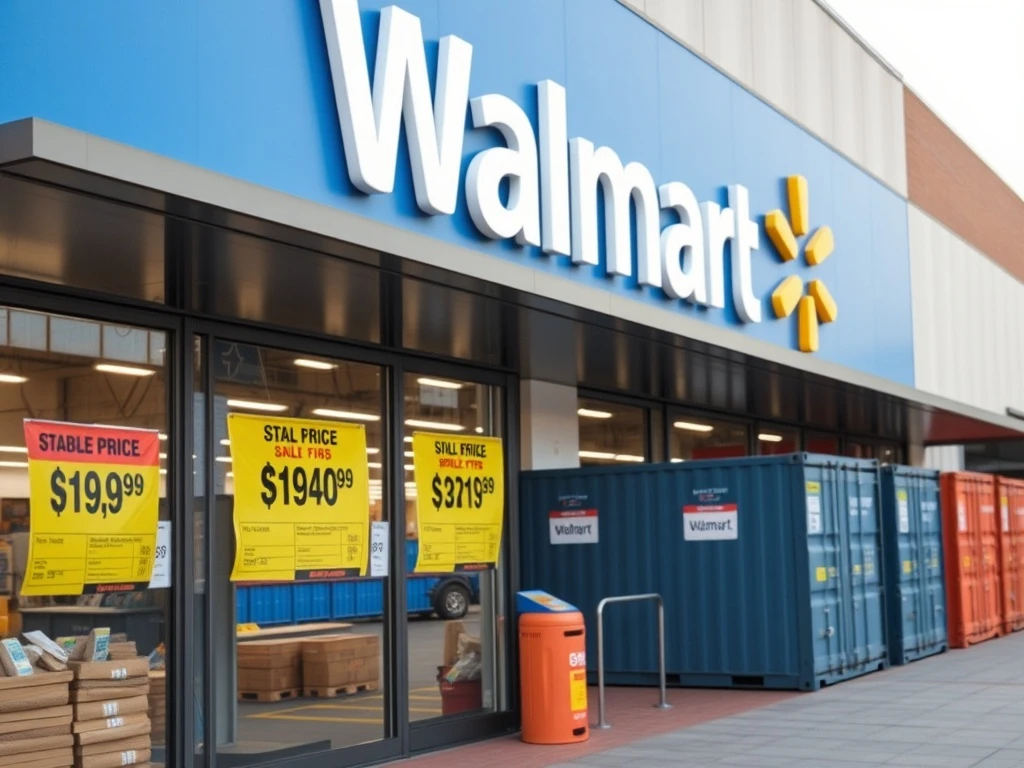Walmart confronts significant financial pressure from escalating tariffs yet maintains its commitment to shield customers from immediate price hikes. This strategic decision emerges as global trade tensions intensify, directly affecting retail operations nationwide. Consequently, consumers watch closely as America’s largest retailer navigates these complex economic challenges.
Understanding Walmart’s Tariff Challenges
Recent tariff implementations have substantially increased Walmart’s operational costs. The company sources numerous products from international markets affected by new trade policies. Therefore, supply chain expenses have risen dramatically across multiple categories. However, Walmart’s scale provides some negotiation leverage with suppliers.
Strategic Price Management Approaches
Walmart employs several tactics to absorb tariff impacts without passing costs to consumers. Firstly, the retailer optimizes its supply chain efficiency. Secondly, it renegotiates supplier contracts aggressively. Additionally, the company absorbs some margin compression temporarily. These measures collectively help maintain stable shelf prices despite growing external pressures.
Consumer Impact and Market Position
Price stability remains crucial for Walmart’s value proposition. The retailer understands that price increases could drive customers to competitors. Moreover, consumer spending sensitivity requires careful price management. Thus, Walmart prioritizes long-term customer retention over short-term profit protection.
Future Outlook on Tariff Effects
Industry analysts monitor how long Walmart can sustain this strategy. Extended tariff duration might eventually force price adjustments. Meanwhile, the company explores alternative sourcing options. Furthermore, domestic manufacturing partnerships gain increased attention. These developments could reshape Walmart’s supply chain fundamentally.
Retail Industry Implications
Walmart’s approach influences broader retail sector strategies. Competitors observe how effectively Walmart manages tariff pressures. Similarly, suppliers adjust their pricing models accordingly. This situation creates ripple effects throughout consumer goods markets. Ultimately, industry-wide pricing strategies may evolve based on Walmart’s results.
FAQs
How do tariffs affect Walmart’s product costs?
Tariffs increase import costs for goods sourced from affected countries, raising Walmart’s procurement expenses significantly.
Why hasn’t Walmart raised prices yet?
The company prioritizes customer retention and competitive positioning, absorbing costs temporarily through efficiency measures and supplier negotiations.
Which product categories face the greatest tariff impact?
Electronics, home goods, and seasonal products experience the most substantial cost increases due to their import-dependent nature.
How long can Walmart maintain current prices?
The duration depends on tariff permanence and the effectiveness of cost-absorption strategies, with analysts monitoring quarterly financial reports.
Are other retailers following similar strategies?
Many major retailers attempt similar approaches but lack Walmart’s scale advantages, making their price maintenance more challenging.
What happens if tariffs continue long-term?
Prolonged tariffs would likely force eventual price increases or significant supply chain restructuring across the retail industry.
















